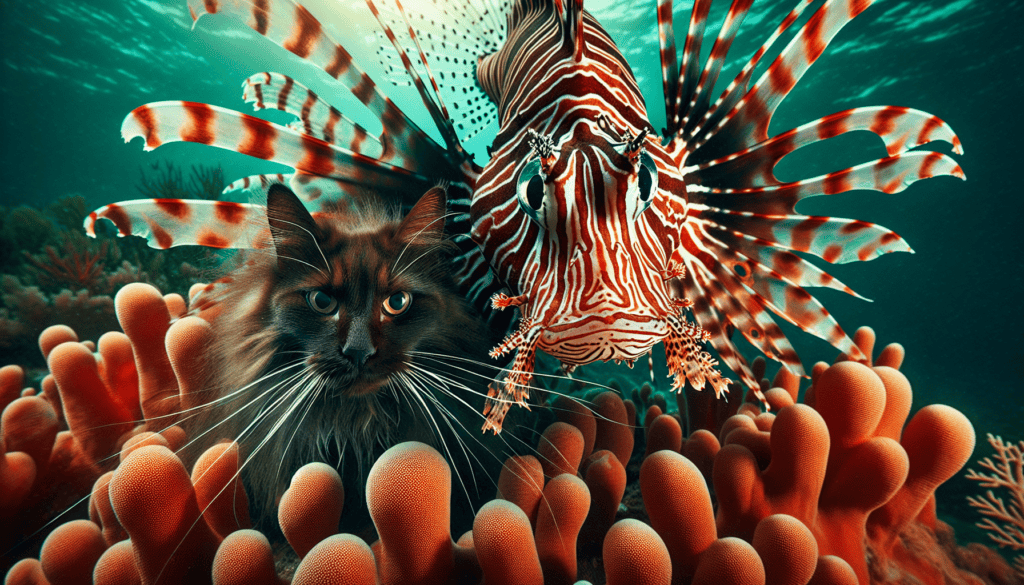The Impact of Invasive Lionfish on Native Catfish Populations
The invasion of lionfish in non-native waters has become a significant concern for marine ecosystems worldwide. These striking but venomous fish, originally from the Indo-Pacific region, have established themselves in the Atlantic Ocean, Caribbean Sea, and Gulf of Mexico. Their presence poses a severe threat to native species, including various catfish populations.
Lionfish are known for their distinctive appearance, featuring long, venomous spines and vibrant stripes. These fish are voracious predators with a diverse diet, consuming a wide range of smaller fish and invertebrates. Their rapid reproduction rate, lack of natural predators in invaded areas, and ability to adapt to various habitats make them a formidable invasive species.
Native catfish play a vital role in maintaining the balance of aquatic ecosystems. They are bottom-dwelling fish that help control populations of smaller fish and invertebrates. Many catfish species are also important for nutrient cycling in their habitats. The presence of healthy catfish populations is often an indicator of overall ecosystem health.
Lionfish pose a dual threat to native catfish populations. Firstly, they compete directly for food resources, often outcompeting catfish due to their aggressive feeding behavior and generalist diet. Secondly, lionfish are known to prey on juvenile catfish, potentially impacting recruitment rates of catfish populations. This combination of competition and predation can lead to significant declines in catfish numbers, disrupting the delicate balance of the ecosystem.
The impact of lionfish extends beyond their direct effects on catfish. As they reduce populations of various fish species, including catfish, they alter the structure of the food web. This can lead to cascading effects throughout the ecosystem, potentially causing shifts in algal growth, coral reef health, and the abundance of other marine species.
The lionfish invasion has significant economic implications. Many catfish species are commercially important for fisheries, and their decline can impact local economies that rely on fishing. Additionally, the overall changes to ecosystem structure can affect tourism, particularly in areas where recreational fishing and diving are major attractions.
Efforts to control lionfish populations include targeted removal programs, such as spearfishing tournaments and lionfish derbies. Some regions have also promoted lionfish as a food fish to encourage commercial harvesting. Research is ongoing into biological control methods and the development of traps specifically designed for lionfish.
Citizen science plays a crucial role in lionfish management. Recreational divers and snorkelers can report lionfish sightings to relevant authorities, helping to track their spread. Many organizations offer training programs for the public on safe lionfish removal techniques. Additionally, raising awareness about the importance of native species like catfish and the threats posed by invasive species can foster community engagement in conservation efforts.
Several regions have implemented successful lionfish management programs. For example, in the Florida Keys, coordinated removal efforts have shown promise in reducing lionfish numbers and allowing native fish populations, including catfish, to recover. In Belize, a combination of public education, removal programs, and promotion of lionfish as a food source has helped to control their numbers in marine protected areas.
The impact of invasive lionfish on native catfish populations highlights the complex challenges posed by invasive species. Protecting catfish and other native species requires a multifaceted approach involving ongoing research, active management, and public engagement. By understanding the intricate relationships within aquatic ecosystems and the specific threats posed by lionfish, we can develop more effective strategies to preserve biodiversity and maintain the health of our marine environments.
